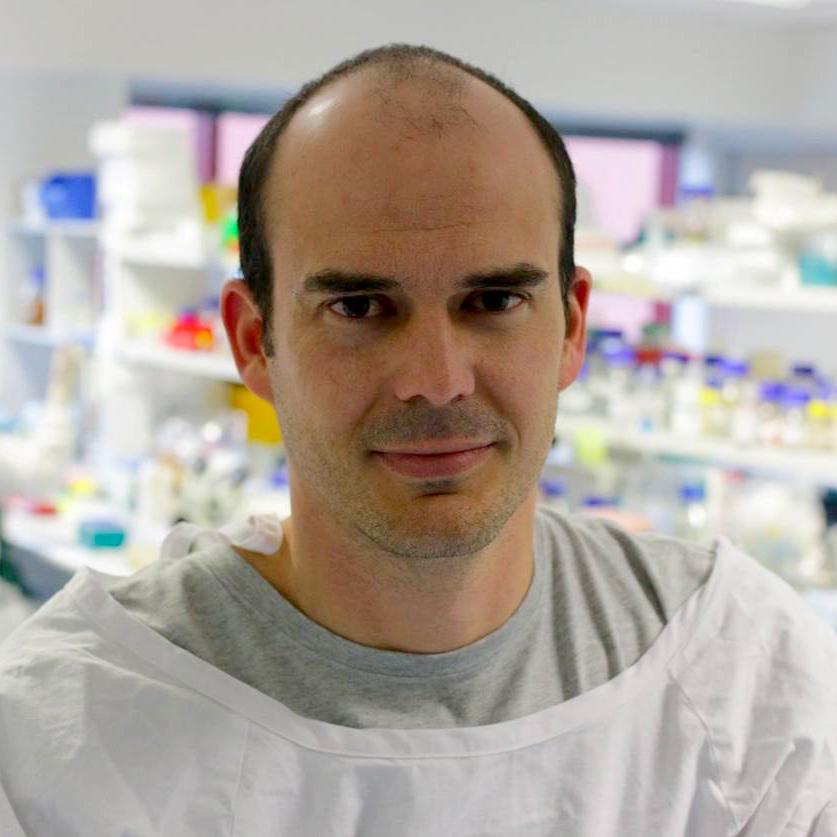Uncovering the relationship between two malaria proteins required for invasion
Delve into an honours project in the structural and functional analysis of malaria proteins required for Red Blood Cell invasion.
Half of the world’s population is at risk of infection with the mosquito-borne malaria parasite, Plasmodium falciparum. This includes those living in many countries in Australia’s neighbouring Asia Pacific region. P. falciparum malaria results in >400,000 deaths each year, mainly in children under 5 years in Africa, Asia and South America. The function of nearly 50% of the genes in P. falciparum parasites is poorly described or not known altogether.
We have identified two malaria proteins that have low homology at an amino acid level, but share key amino acid signatures, are predicted to have similar secondary structures and have an equally important role in Red Blood Cell invasion.
This raises the question: are these proteins structurally similar and do they have a similar or overlapping function during invasion. Using both P. falciparum (major cause of malaria morbidity and mortality) and P. knowlesi (a zoonotic parasite infection from Macaque monkeys that is now a major pathogen in South East Asia), you will investigate the similarities between these proteins.
You will apply gene-editing techniques to mutate key residues and sequences to explore whether they have an essential and similar role in the function of the proteins. In order to determine whether changes in sequence alters protein function, you will apply specialised growth assays to assess parasite fitness with gene modification and fluorescence microscopy to investigate changes in protein localisation.
Using recombinantly expressed protein, the structure of full length and modified proteins will be compared to determine if the two proteins are indeed structurally related.
Study malaria parasites
The Wilson Laboratory is in the Research Centre for Infectious Diseases, a leading centre for infectious diseases research nationally, which provides access to diverse expertise, equipment and student support that will enhance your honours studies.
Gain important research skills
This project will provide you with the following skills:
- Culture of two different species of malaria parasites and purification of their lifecycle stages (in particular the invasive merozoite stage).
- Design, cloning and transfection of malaria transfection vectors.
- Super-resolution immunofluorescence microscopy leading to localisation of proteins.
- Protein expression, purification and structural analysis.
- Proteomic analysis of protein binding partners.
You will join an advanced project and work with experienced lab members and overseas collaborators to characterise these proteins and compare their structural relationships; building on our experience with purification of red blood cell invading merozoites (Boyle & Wilson et al. PNAS, 2010; Wilson et al. BMC Biology 2015), fluorescence imaging of malaria parasites (Riglar et al. Cell Host & Microbe, 2011), proteomics, gene-editing and functional characterisation of merozoite invasion ligands (Volz et al. Cell Host & Microbe, 2016; Yap et al. Cellular Microbiol, 2014).

Supervisors
Co-supervisor: Dr Sonja Frölich
Research area: Malaria parasites - Research Centre for Infectious Diseases
Recommended honours enrolment: Honours in Molecular and Biomedical Science
